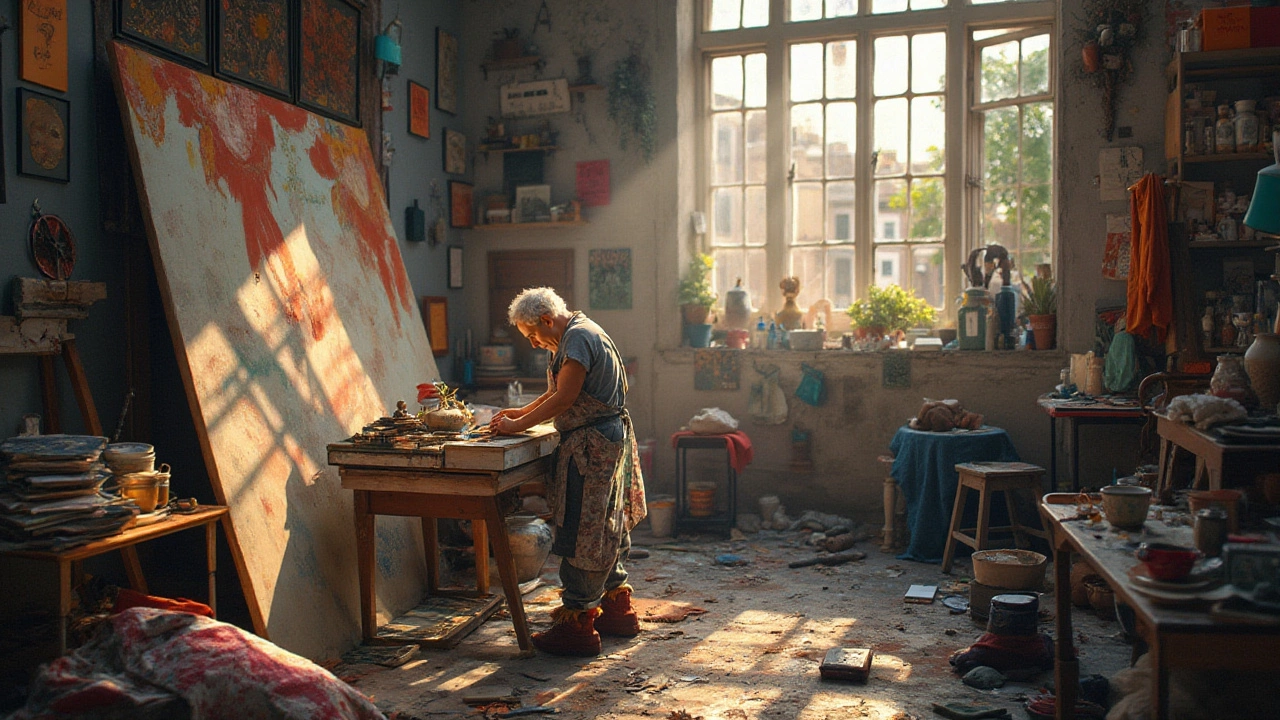Artistic Innovation: How Artists Are Pushing Boundaries Today
Ever wonder why some artworks feel like they’re from another planet? That’s artistic innovation at work – artists trying new tools, mixing media, or rethinking old ideas. In this guide you’ll get real‑world tips you can try right now, plus a quick look at the trends shaping the art world.
New Techniques Changing the Game
One hot trend is blending traditional and digital methods. Think about taking a hand‑drawn sketch and turning it into a crisp digital illustration – the process is covered in our "Turn Traditional Drawings into Digital Art" guide. The trick is to scan or photograph your sketch, then use a tablet with layers to add color, texture, and effects. It keeps the original feel while giving you endless editing freedom.
Another breakthrough is using unexpected materials for sculpture. Artists are swapping marble for recycled cardboard, duct tape, or even homemade plaster. Our "Cheapest Materials for Sculpture" article shows how everyday items can become sturdy, eye‑catching pieces without breaking the bank. The key is to test adhesion, reinforce weak spots, and finish with a clear sealant.
Emerging Styles to Watch
Digital, AI, and NFT art are exploding under the "Most Modern Art Styles" tag. AI generators can suggest color palettes or compose whole scenes in seconds. Use them as a brainstorming partner, not a replacement – tweak the output, add personal brushwork, and you end up with something uniquely yours.
Abstract art continues to evolve too. Our "What Does Abstract Art Really Mean?" piece breaks down how color, shape, and brushstroke can convey emotion without a literal subject. Start by picking a feeling, then choose three colors that match that mood. Paint broad strokes, step back, and let the canvas tell its own story.
Portrait painters are also reinventing the classic genre. The "Do Portrait Painters Still Exist?" article reveals how modern commissions blend realism with pop‑culture references. Offer clients a mixed‑media portrait – a realistic face on a collage background of their favorite icons – and you’ll stand out in a crowded market.
For those who love painting landscapes, the "Best Colours for Landscape Painting" guide suggests a quick palette test: scrape a small amount of each color onto a scrap, add water, and see how it shifts under different light. This helps you pick colors that stay true outdoors, saving time and wasted paint.
Finally, don’t ignore the power of composition tricks like the rule of thirds. Our "Rule of Thirds Guide for Stunning Landscape Paintings" shows you how to place key elements on intersecting lines to create balance and movement. A simple grid overlay on your canvas can make the difference between a flat scene and a dynamic one.
Bottom line: artistic innovation isn’t about magic, it’s about experimenting with tools, materials, and ideas you already have. Pick one new technique from this list, set a timer for 30 minutes, and see what you can create. You’ll be surprised how quickly fresh inspiration turns into a finished piece you’re proud of.

9 Dec 2024
Modern art defies traditional boundaries, engaging audiences with innovation and diverse perspectives. It thrives on the novel use of materials, creative processes, and fresh themes which mirror our ever-evolving society. Understanding what makes modern art captivating involves exploring these dynamic elements, as well as the emotional responses the art elicits. By delving into the craftsmanship, narrative techniques, and social commentary, one can fully appreciate the nuances of modern art. This article uncovers the fascinating components that together compose the essence of good modern art today.
Continue reading...
